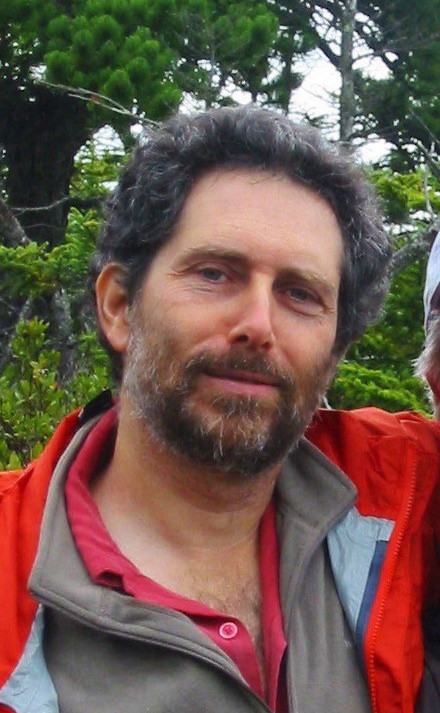The requirements of this approach are rarely met. In a changing world, it does not make sense to fix a method for a creative process. Every ingredient of the waterfall approach is subject to change and the larger, longer, or more complex the project, the more each of its elements may change with time or context. We're in the middle of a complex project now: the pandemic.
In organizations, the waterfall approach fails more than 75% of the time. It fails because organizations are dissociated personalities that rely on numbers. They lack a connection with their own subconscious and have no intuition to guide them. They are the organizational equivalent of insane people.
People don't organize their lives using the waterfall approach, though they give it lip service. It sounds good to say we've got it figured out, but, in fact, the more well-balanced we are, the less structure we need.
Well-balanced people intuit the stability and solidity of their environment. At the same time, the more our environment loses its stability and solidity, the less well-balanced we become. Figuring our way forward through uncertain times requires greater personal flexibility, stability, and insight than normal.
The insight we need is both insight into external events and insight into the needs and motivations of people, including ourselves. Our own needs become difficult to manage when the needs in our environment lose form: we are the stories we tell.
These are times to find and hold our center, both individually and collectively. Community cohesion is both a social and personal need. Politicians and administrators who fail to create unity are either personally dysregulated or are looking for personal profit.
Simply arguing for personal balance does not make it happen. It may turn your attention inward, but it's not clear that you'll know what to do with what you see. This is a circumstance where what we call management morphs into what we call therapy. Management was always more than just arranging the pieces, and therapy is more than fixing what's broken.
Project Therapy
I suggest a session with your subconscious. Your subconscious is your silent partner, except it's not so silent when your personality cracks. Then, the sea of emotional perception and emotional expression inundates your landscape.
There are three situations in which you're in deeper touch with your subconscious: in your feelings, in your dreams, and at some fundamental level all the rest of the time.
In the last of theseduring "all the rest of the time"your subconscious streams behind you. You're looking forward into the "real world" like a person running a race, focusing on the image of progress. Considering your subconscious in these situations takes finesse lest it causes you to stumble. This is why the subconscious is ignored in business: it's too amorphous and complex.
Your dreams have been reminding you of your subconscious's presence in your daily life. Dreams inject fertile chaos: the uncertainty of unconsidered possibilities. Dreams are disruptive elements from your subconscious, more disruptive than what's already on your radar.
Dreams emerge to have disruptive effects if you have the mental resources they require. You'll have dreams even if you lack these resources, but you won't remember them. In this case, their operation will remain in your subconscious, lost from recollection.
Your feelings are invitations to consciously engage the currents of your subconscious. The feelings of others are opportunities for building consensus. Feeling are the dumplings in the stew of your emotions. Moods are the perceptual gloss these emotions caste on the world around you. Urges are the ideas that bubble up.
To invite your subconscious, sink into your feelings. Explore your moods and let your urges speak to you. Engage your emotions like a wobbly landlubber boarding a sailboat, fumbling to cast-off, and let the wind carry you.
I've written the guided visualization called The Voyage to trace these steps from the conscious to the subconscious. The Voyage builds a cross-dimensional bridge between the apparently definitive conscious world and the soft, multi-layered subconscious world from which we create our conscious perception.
(Note: You can view every article as one long page if you sign up as an Advocate Member, or higher).





